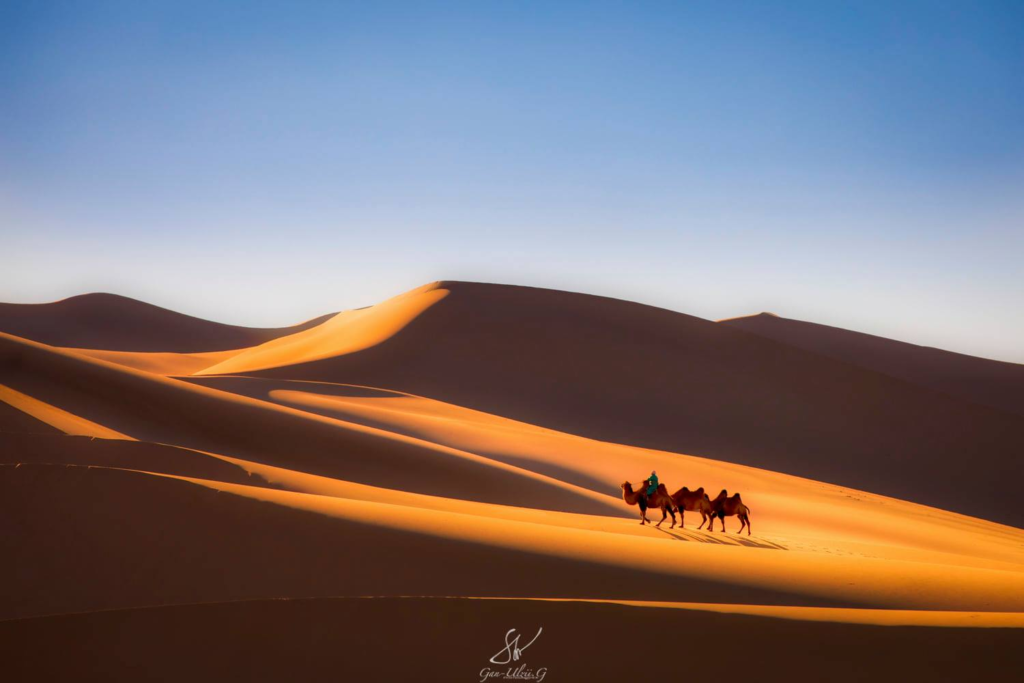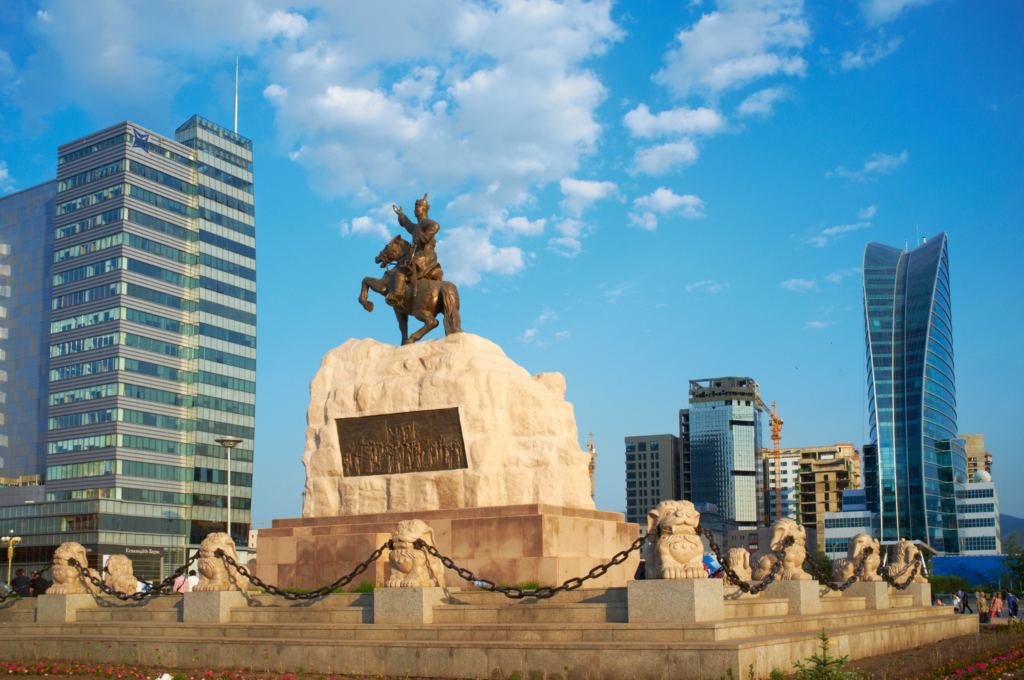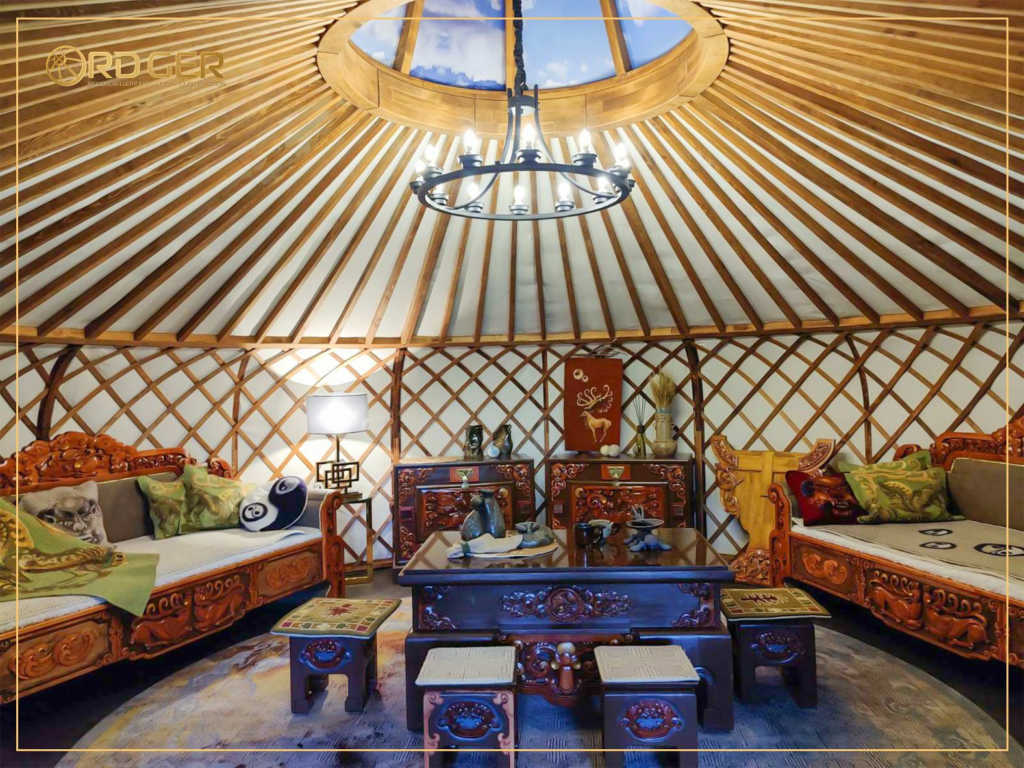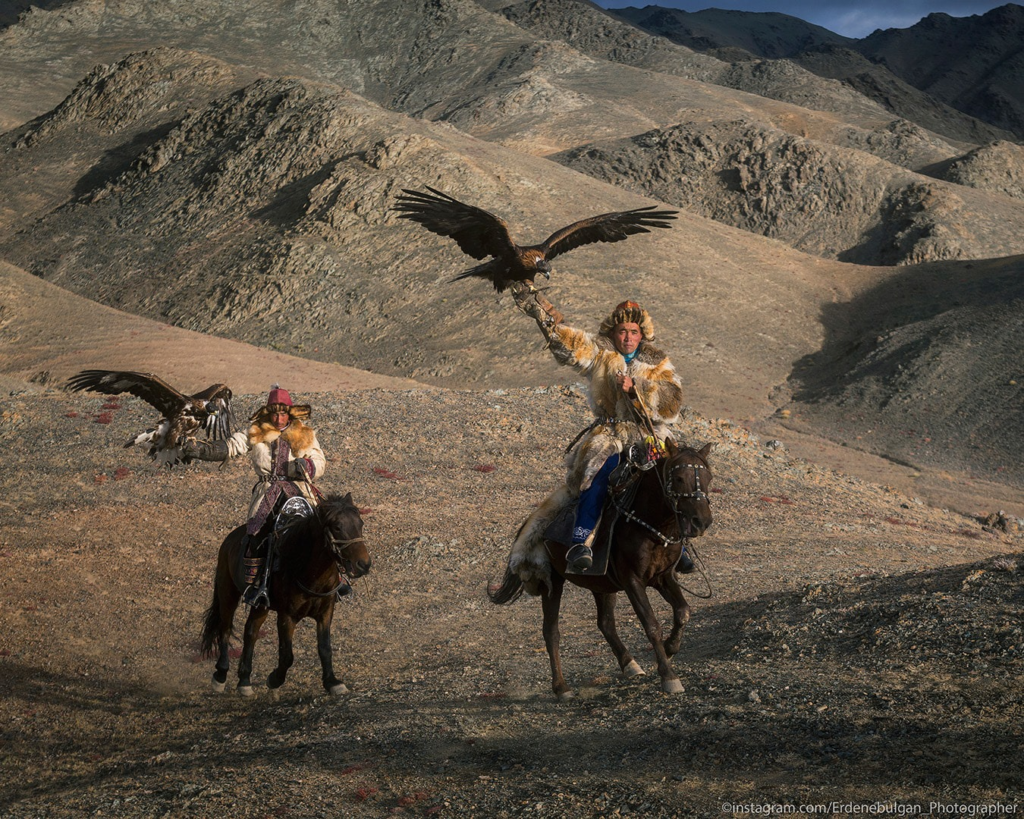Explore the profound significance of Mongolian Livestock in shaping cultural identity and fostering nomadic traditions. Discover how these animals play a crucial role in economic sustainability, environmental stewardship, and the resilience of nomadic communities. In this blog post, we explore the profound significance of Mongolian Livestock in shaping the cultural fabric and nomadic way of life in this enchanting country.
The Role of Livestock in Mongolian Culture
Livestock in Mongolia transcends mere economic value; it embodies the essence of nomadic identity and sustains the livelihoods of countless families across the vast steppes and rugged landscapes. For centuries, Mongolian nomads have relied on their herds of animals, including horses, cattle, yaks, sheep, and goats, for sustenance, transportation, and cultural practices.

Herding Practices: A Way of Life
Herding Traditions: An Enduring Legacy
The nomadic lifestyle revolves around the care and management of livestock, with families migrating seasonally in search of pastureland and water sources. Mongolian herders exhibit an intimate understanding of animal behavior and environmental cues, passed down through generations, ensuring the well-being of their herds in the harsh and unpredictable climate.
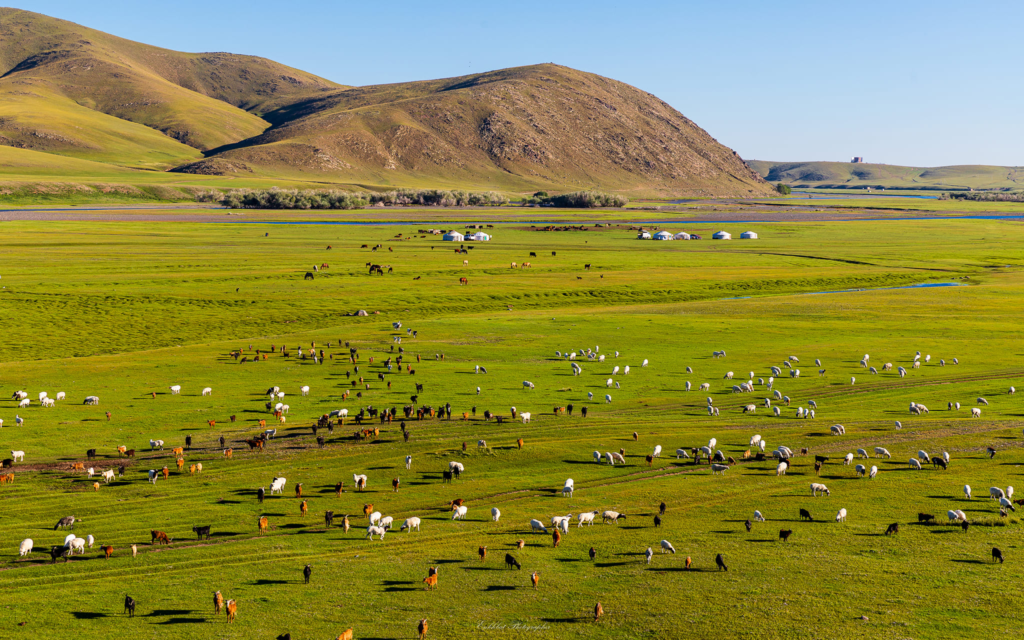
Mongolian Livestock in Cultural Rituals and Festivals
Celebrating Livestock: Festivals and Rituals
Livestock plays a central role in Mongolian festivals and rituals, reflecting the deep reverence and gratitude towards these animals. From the colorful Naadam Festival, where horse racing, wrestling, and archery take center stage, to traditional ceremonies honoring the spirit of the animals, Mongolian culture is intricately woven with the presence of livestock.
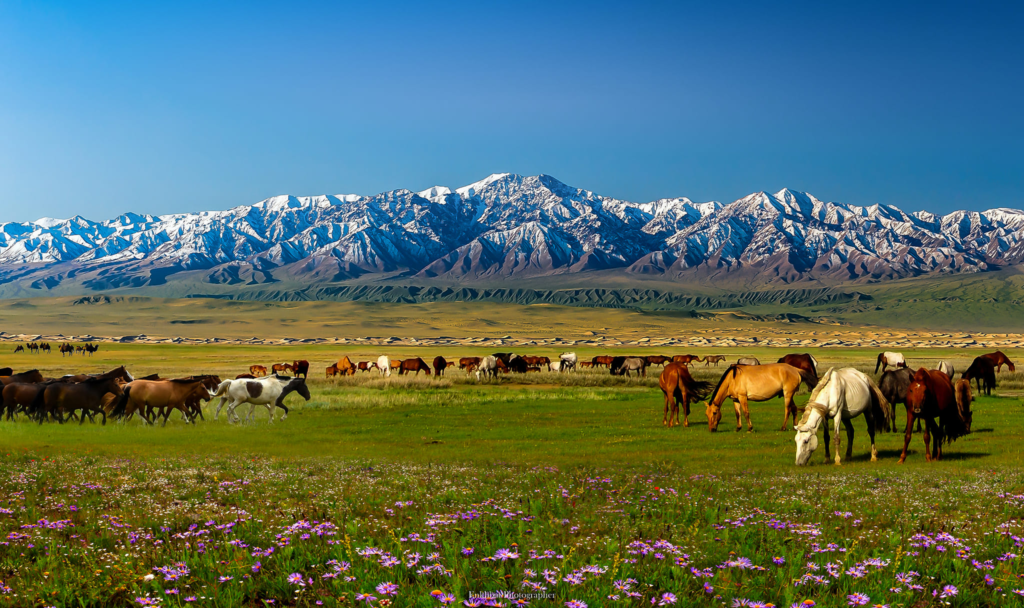
Economic Significance and Sustainability
Economic Backbone: Livestock and Sustainability
Beyond cultural significance, Mongolian Livestock forms the backbone of the country’s economy, contributing to agriculture, meat, dairy, and wool production. Despite modernization and urbanization trends, many rural communities rely on livestock for their livelihoods, emphasizing the importance of sustainable practices to preserve both cultural heritage and ecological balance.
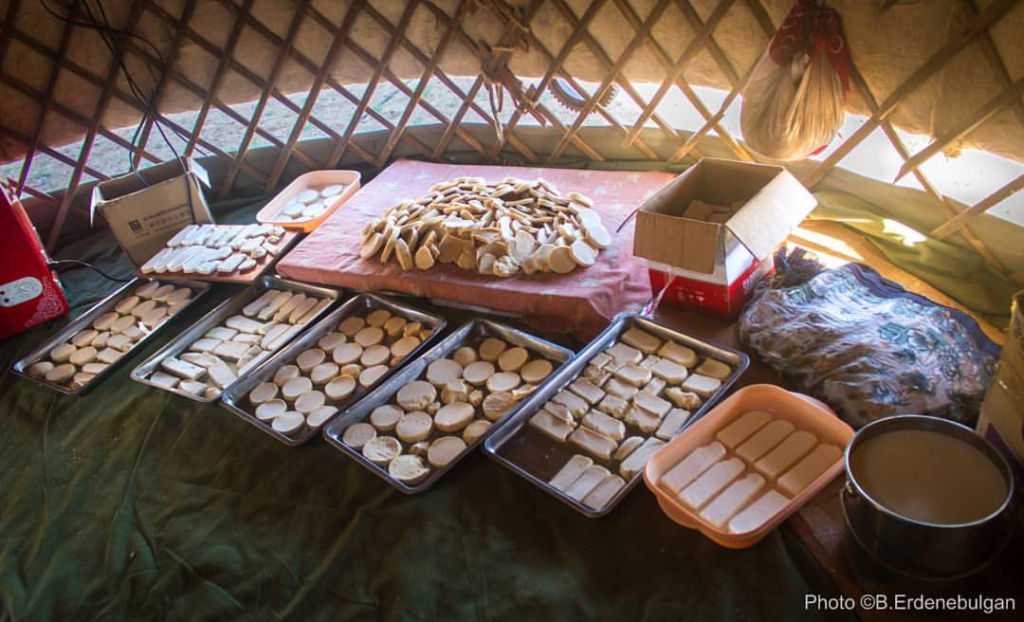
Challenges and Conservation Efforts
Navigating Challenges: Conservation Initiatives
In the face of climate change, land degradation, and socio-economic shifts, Mongolian Livestock faces unprecedented challenges. Overgrazing, desertification, and competition for resources pose threats to both herders’ way of life and the delicate ecosystem. However, various conservation efforts, including pasture management programs and community-based initiatives, aim to mitigate these challenges and ensure the sustainable coexistence of nomadic culture and nature.
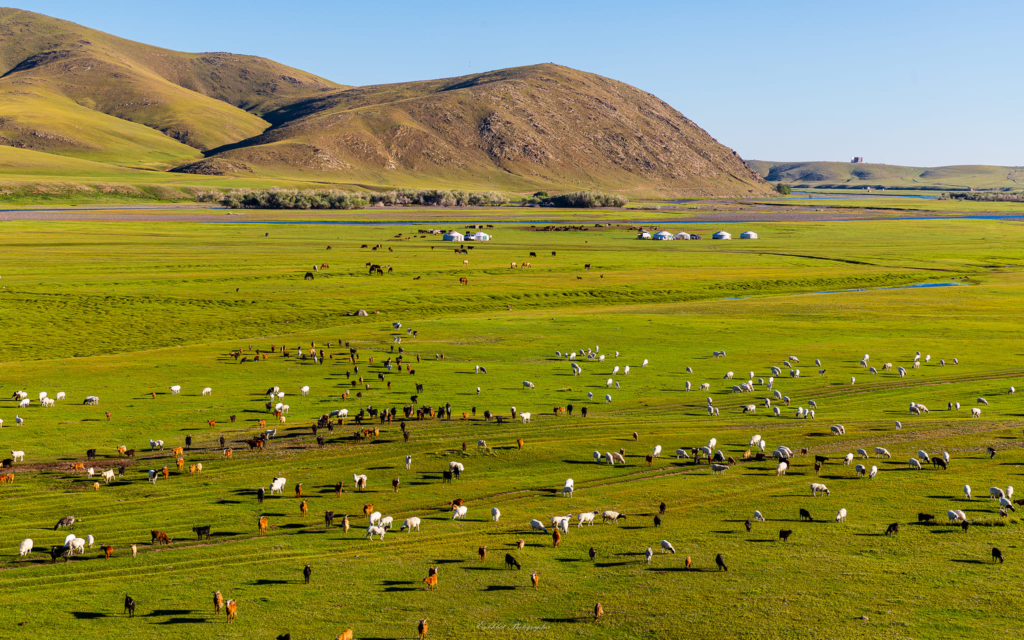
Harnessing the potential of Mongolian Livestock goes beyond economic and cultural considerations; it extends to environmental stewardship and biodiversity conservation. The rotational grazing practices of nomadic herders, wherein animals are moved seasonally to new pastures, promote soil health, water retention, and biodiversity. These sustainable land management techniques help mitigate desertification and preserve the fragile ecosystem of the Mongolian steppes.
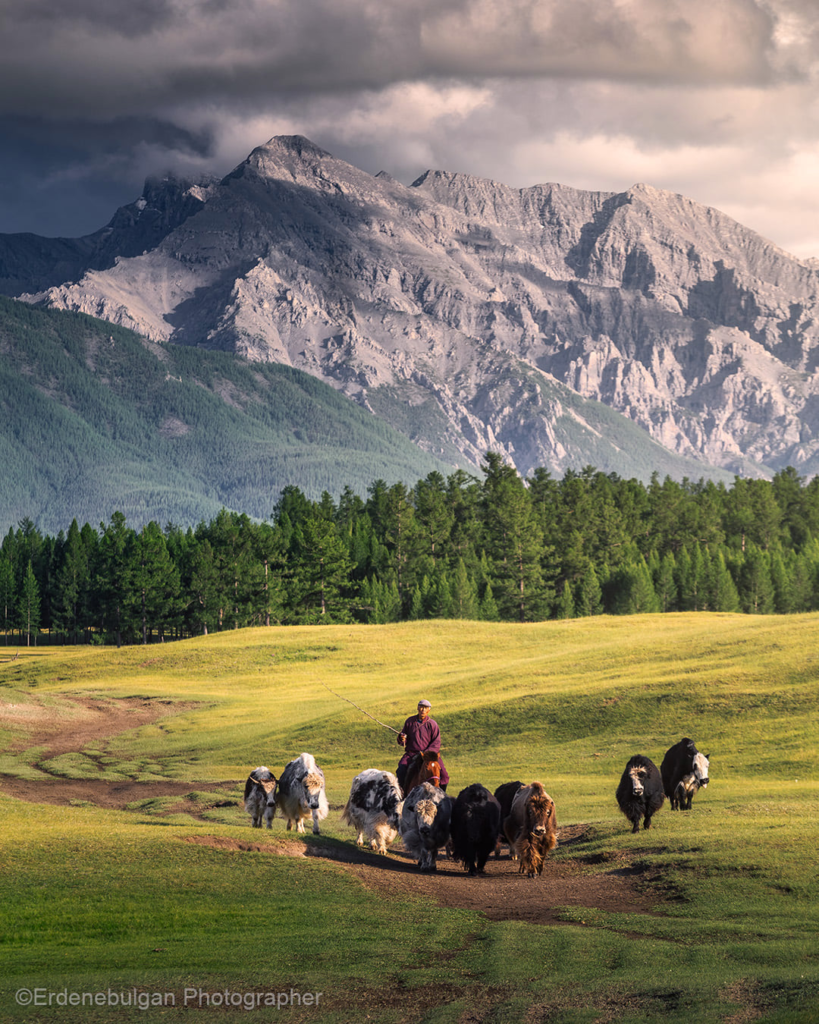
Furthermore, Mongolian Livestock serves as a symbol of resilience and adaptability in the face of adversity. Through centuries of harsh winters, droughts, and geopolitical upheavals, nomadic communities have maintained their bond with their animals, embodying a spirit of perseverance and ingenuity. As Mongolia continues to evolve and embrace modernity, the role of livestock in shaping its cultural identity remains unwavering, serving as a testament to the enduring legacy of its nomadic heritage.
Preserving a Time-Honored Tradition
Mongolian Livestock embodies the resilience, adaptability, and cultural richness of the nomadic way of life. As we navigate an ever-changing world, it is imperative to recognize and preserve the invaluable heritage encapsulated in the relationship between humans and animals. By embracing sustainable practices, fostering community resilience, and honoring the deep-rooted traditions of Mongolian Livestock, we can ensure that this enduring legacy continues to thrive for generations to come.

